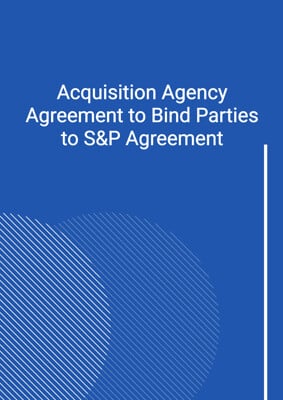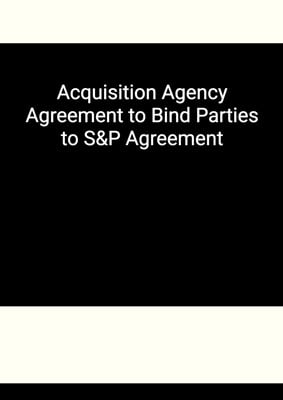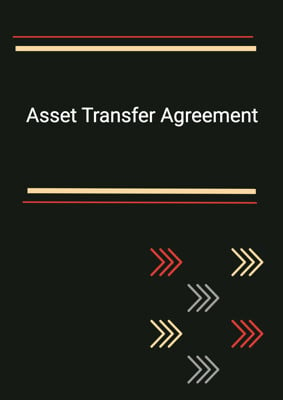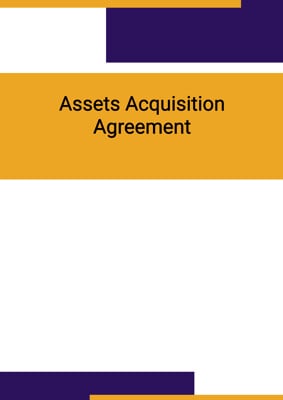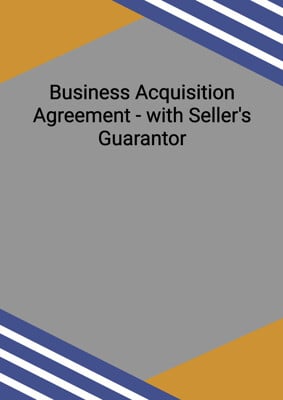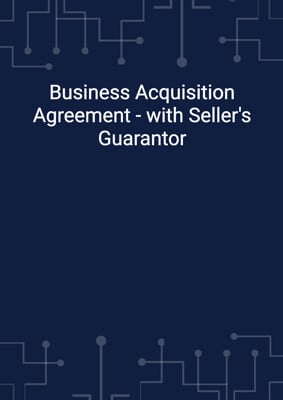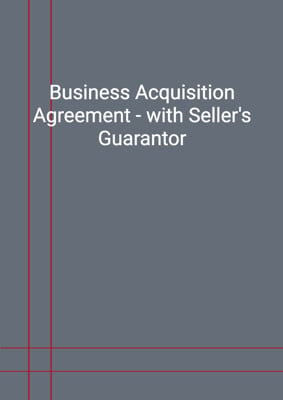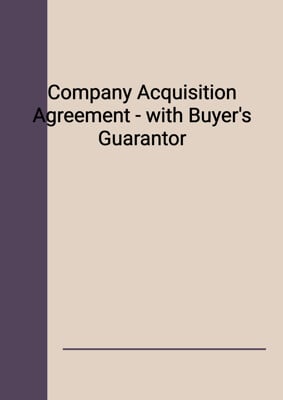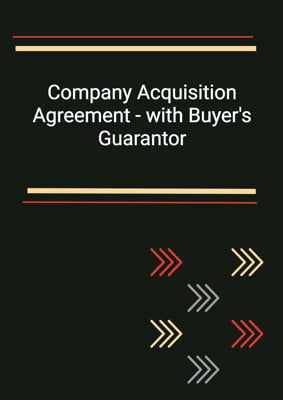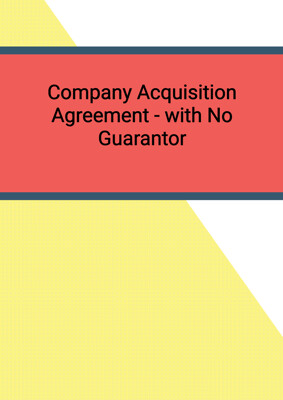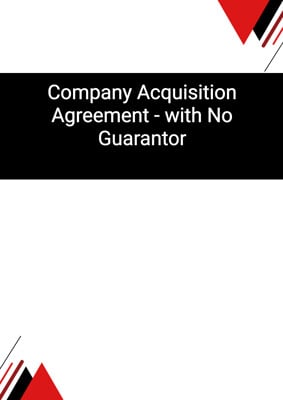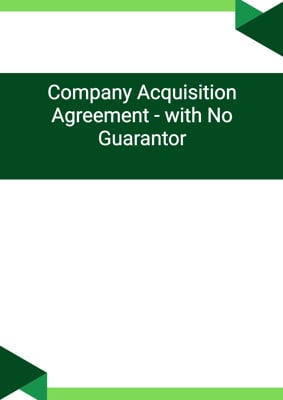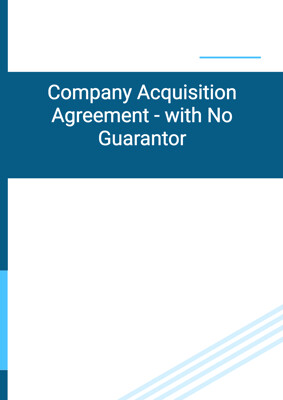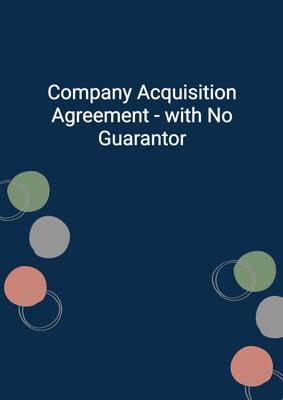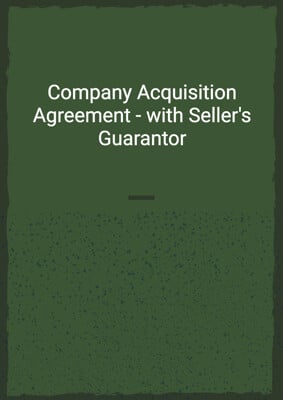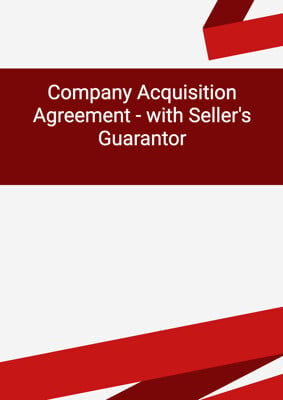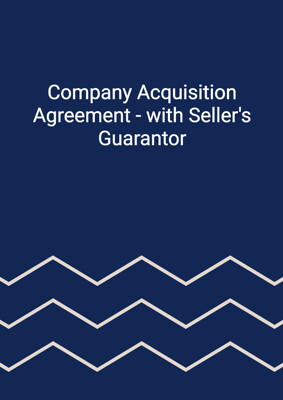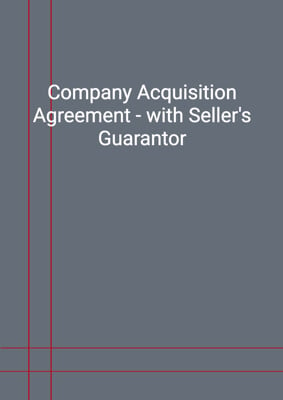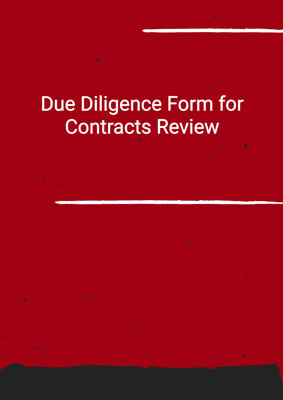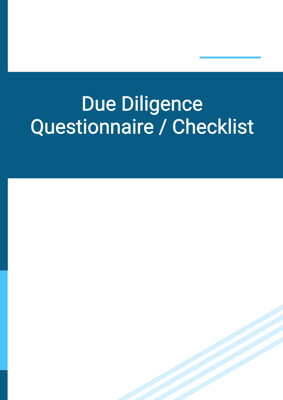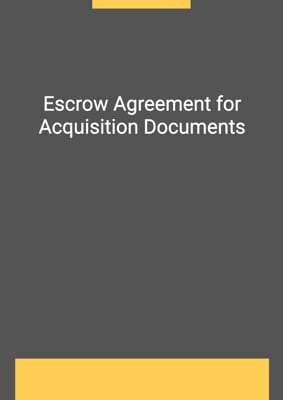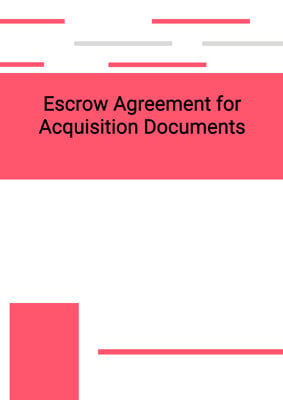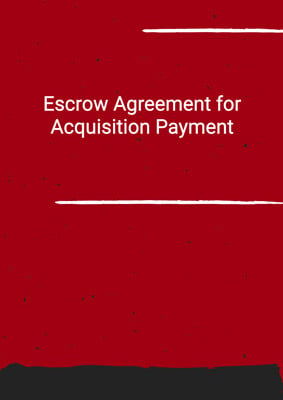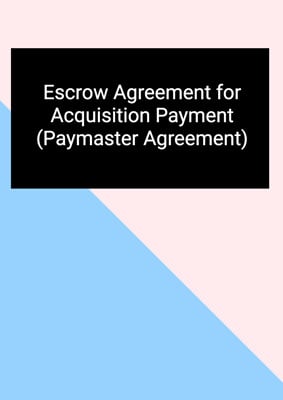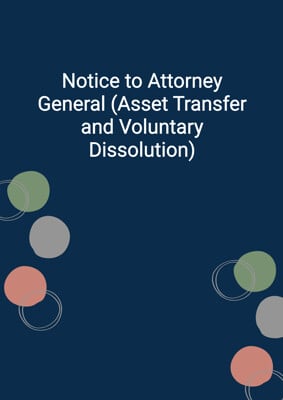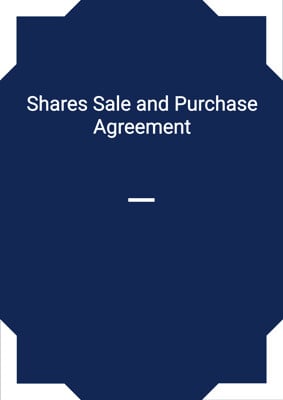How to Tailor the Document for Your Need?
01
Create Document
Fill in the details of the parties. You can click the "Fill with Member’s Information" button to complete it with information saved to your account.
02
Fill Information
Please fill in any additional information by following the step-by-step guide on the left hand side of the preview document and click the "Next" button.
03
Get Document
When you are done, click the "Get Document" button and you can download the document in Word or PDF format.
04
Review Document
The document should be signed by the authorised signatory (or directors of a company) and witnessed to complete the formality.
Document Preview
Document Description
The Escrow Agreement for Acquisition Documents is a legal document that outlines the terms and conditions for holding certain documents in escrow until the completion of a sale and purchase agreement. This agreement is entered into between three parties: the buyer, the seller, and the escrow agent. The importance of this document lies in its role in ensuring the smooth and secure transfer of ownership and assets between the buyer and the seller.
The entire document is divided into several sections, each serving a specific purpose. The first section is the interpretation section, which clarifies the meaning of certain expressions used throughout the agreement. This section ensures that all parties have a clear understanding of the terms used.
The second section deals with the deposit of documents. It states that the escrow agent will hold the documents until completion of the sale and purchase agreement. The documents cannot be amended or modified without the agreement of all parties involved.
The third section introduces the concept of a completion notice. The buyer is required to notify the other parties in writing once all the conditions precedent have been fulfilled. This notice triggers the release of the escrowed documents.
The fourth section outlines the process for the release of the escrow. It states that upon completion, the buyer must pay the purchase price, and the documents will be released from the escrow. The escrow agent will date each document before forwarding them to the entitled parties.
The fifth section addresses the indemnity of the escrow agent. It states that the parties waive any rights against the escrow agent and agree to indemnify and hold the agent harmless from any claims or liabilities arising from the performance of their duties, except in cases of fraud, negligence, or wilful misconduct.
The sixth section covers the termination of the agreement. If the agreement terminates without completion, the escrow agent will either return the documents to the party that deposited them or destroy them, depending on the chosen termination option.
The seventh section states that any variations to the agreement must be in writing and signed by all parties involved. This ensures that any changes to the agreement are properly documented.
The eighth section prohibits the assignment or transfer of rights under the agreement without the written consent of the other parties. This clause protects the integrity of the agreement and prevents unauthorized transfers.
The ninth section allows for the execution of the agreement in multiple counterparts, meaning that each party can sign a separate copy of the agreement. All counterparts together constitute one legally binding instrument.
The tenth and eleventh sections address waivers and cumulative remedies. They state that the failure or delay in exercising any right or remedy provided by the agreement does not waive that right or remedy, and that the rights and remedies of each party are cumulative and can be exercised as often as necessary.
The twelfth section outlines the rules for notices and service. It specifies that any notice must be in writing and can be served by email, hand delivery, or post. It also provides the addresses and contact details of each party for the purpose of receiving notices.
The thirteenth section states the governing law and jurisdiction of the agreement. It specifies the jurisdiction in which any disputes arising from the agreement will be resolved.
The fourteenth and final section clarifies that this agreement does not confer any rights on third parties to enforce its terms.
In summary, the Escrow Agreement for Acquisition Documents is a crucial document that ensures the secure transfer of ownership and assets between the buyer and the seller. It covers various aspects such as the deposit and release of documents, indemnity of the escrow agent, termination, variations, and notices. Each section serves a specific purpose in safeguarding the interests of all parties involved.
How to use this document?
1. Notify completion: Once all the conditions precedent have been fulfilled to the satisfaction of the buyer, the buyer must notify all parties in writing of the completion. This triggers the release of the escrowed documents.
2. Pay the purchase price: On the date of completion, the buyer must ensure that the purchase price is paid in accordance with the sale and purchase agreement. This is a crucial step to finalize the transaction.
3. Release the documents: Upon payment of the purchase price, the escrow agent will release the documents from escrow. The escrow agent will date each document before forwarding them to the entitled parties.
4. Indemnify the escrow agent: The parties agree to indemnify and hold the escrow agent harmless from any claims or liabilities arising from their duties, except in cases of fraud, negligence, or wilful misconduct.
5. Termination: If the agreement terminates without completion, the escrow agent will either return the documents to the party that deposited them or destroy them, depending on the chosen termination option.
6. Obtain written variations: Any changes to the agreement must be in writing and signed by all parties involved. This ensures that any modifications are properly documented.
7. Prohibit assignment: None of the parties can assign or transfer their rights under the agreement without the written consent of the other parties. This protects the integrity of the agreement.
8. Follow notice rules: Any notices to be given under the agreement must be in writing and can be served by email, hand delivery, or post. Ensure that the correct addresses and contact details are used.
9. Comply with governing law and jurisdiction: Any disputes arising from the agreement will be resolved according to the specified governing law and jurisdiction.
10. No rights for third parties: Remember that this agreement does not confer any rights on third parties to enforce its terms.
By following these steps, you can effectively use the Escrow Agreement for Acquisition Documents to facilitate a secure and smooth transfer of ownership and assets between the buyer and the seller.
Not the right document?
Don’t worry, we have thousands of documents for you to choose from:


